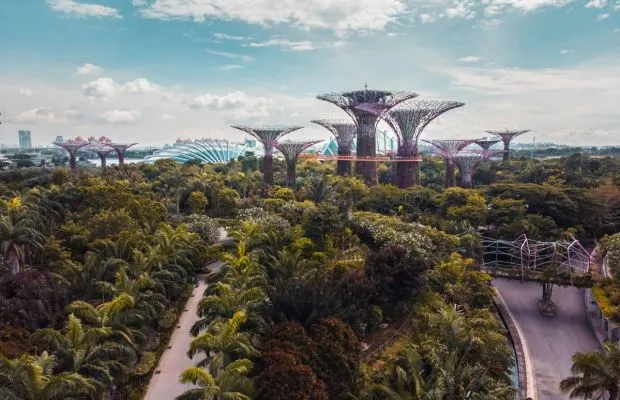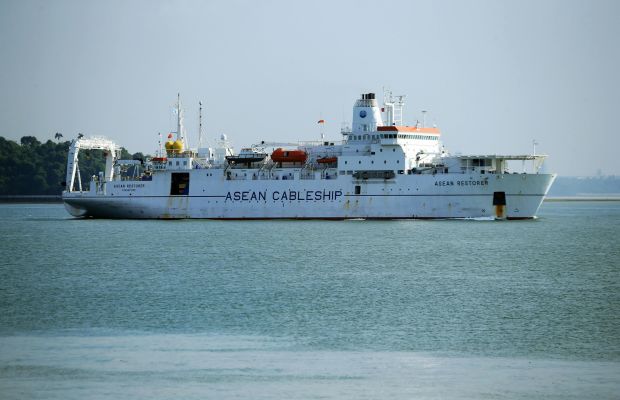ASEAN- Is the ‘ASEAN Way’ reason for success or a drawback?
GEO-POLITICS
Before Association of Southeast Asian Nations (ASEAN) began it was known as Association of Southeast Asia (ASA) with only three countries- Thailand, Malaysia and Philippines which failed.
The ASEAN was formed on 8 August 1967 when the Bangkok Declaration was signed between five founding members-Indonesia, Malaysia, Philippines, Singapore and Thailand. Currently ASEAN consists of 10 members- Cambodia, Indonesia, Thailand, Singapore, Brunei, Malaysia, Cambodia, Myanmar, Philippines and Vietnam. (East-Timor will become 11th member.)
The primary objective of ASEAN as stated by the association is ‘to accelerate economic growth, social progress and cultural development in the region’ and ‘to promote regional peace and stability through abiding respect for justice and the rule of law in the relationship among the countries in the region and adherence to the principle of the United Nations Charter.’
ASEAN is a security, economic and socio-cultural community. It has ASEAN Political Security Community (APSC) Council, ASEAN Economic Community (AEC) Council, and ASEAN Socio-Cultural Community (ASCC) Council for socio-cultural community.
HISTORY OF ASEAN
At the time of its formation, one of the main characteristics of the ASEAN was its anti-communist character which was common in all the five countries. As the communism grew in the region Indonesia, Malaysia, Philippines, Singapore and Thailand came together to came together to stop it. Its first summit was held in a Bali in 1976.
Later, Brunei joined ASEAN in 1984 after gaining independence. Slowly the communism died after USSR disintegrated and the actual glue that held the ASEAN together was no longer affective. The dynamics of the member states shifted when communist Vietnam joined the ASEAN in 1995 followed by Loas and Myanmar (Burma) in July 1997.
Invasion of Cambodia and situation at United Nation was resolved before Cambodia joined in April 1999. ASEAN played a major role in resolving the issue while dealing a non-member state and it was during this period ASEAN came to limelight in the international platform.
East Timor gained independence in 2002 from Indonesia which is the last remaining in country under Southeast Asia, will soon become a member. It accepted the ASEAN principle in 2022 and ASEAN will successfully represent the whole Southeastern Block.
ASEAN charter was signed in 2007 which established ASEAN in a more structural manner and its identity as international organization. It became a security, socio-cultural and economic community in 2015.

SUCCESS IN ‘ASEAN WAY’
One of the reasons for the success of ASEAN is its four principle which are-principle of non-interference, quiet diplomacy, non-use of force, and decision making through consensus which is famously known as ‘ASEAN Way’. Its peaceful diplomacy way was seen in during Colombia incident in 1993, Vietnam invasion and Indonesian’s Haze Crisis.
It paved its unique way of dealing with conflicts when Treaty of Amity and Cooperation and Treaty of ASEAN Concord signed in 1976 lead the way for peaceful resolution of the conflicts among the member states
The rotation of the chairmanship helped the nations to get familiar with others and the frequent interaction allowed nations to interact and build trust. It’s all the member states have equal power and the decision-making process is different from United Nations where majority decision-making follows, whereas ASEAN follows consensual decision-making allowing all the member nations to be heard and have power.
Its no doubt that the ‘ASEAN way’ is successful as ASEAN members include fastest growing economies in the world and had a combined economic value of US$ 24 Billion.
ASEAN also signed The Regional Comprehensive Economic Partnership (RECEP), largest free trade agreement in the world, including Thailand, Vietnam, New Zealand, South Korea, Laos, Singapore, Cambodia, China, Brunei, Australia, Malaysia, Myanmar and Philippines in 15 November 2020. The trade agreement will lower tariff and increase investment providing a significant economic boost to the countries.
IN BROADER PERSPECTIVE
While AESEAN is successful in broader perspective when we look closer,as Southeast Asian block consists of many developing countries it is still struggling through many economic and geo-political issues like social-disparities between states, counter terrorism, climate issues and population problem, etc.
Most of the contribution in economic value comes from few countries not all member countries. Singapore, Vietnam, Thailand and Indonesia contributing the most while Loas, Myanma, Cambodia contributing the least. The territory sector is the primary contributor for the growth in GDP. As a fully grown economic community it is still struggling, especially with internal problems and with adding China into the equation the problems become more complicated.
Though ASEAN’s consensual decision-making helps the countries to avoid friction, on the other hand, it restricts their decision-making as it is more difficult to reach a collective agreement on certain matters and adopt rigid policies. Every nation will consider their interest foremost, letting the community interest take a step back.
To move forward as a whole ‘ASEAN’, the member states need to have complementary nature rather than competitive nature in the economic and trade activities.
Citation
Association of South East Asia Nations, asean.org.
Leifer, M.(December 1993). Indochina and ASEAN: Seeking a New Balance. ISEAS-Yusof Ishak Institute
Alagappa, M.(Winter 1993).Regionalism and the Quest for Security: ASEAN and the Cambodian Conflict. Journal of International Affairs Editorial Board
(October 7, 2003). Press Statement by The Chairperson of The 9th ASEAN Summit and The 7th ASEAN + 3 Summit Bali, Indonesia. Asean.org
Mahaseth, H. Narain, A. (June 2022). The Use of The ASEAN Way In Resolving Disputes. Moderndiplomacy.eu
Chang, A. Haider, Z. (March 2025).Southeast Asia quarterly economic review: Steady amid uncertainty. Mckinsey.com
Acharya, A. ( January 1997).Ideas, identity, and institution‐building: From the ‘ASEAN way’ to the ‘Asia‐Pacific way’?. The Pacific Review
Feraru, A .(January 2016) .ASEAN Decision-Making Process: Before and after the ASEAN Charter. Asian Development Policy review
(30 November 2020). World Bank: RCEP Initiator is Indonesia, Not China. CNBC.
Ganesan, N.(April 2013). ASEAN: A community stalled. Asia Pacific Centre for Security Studies
